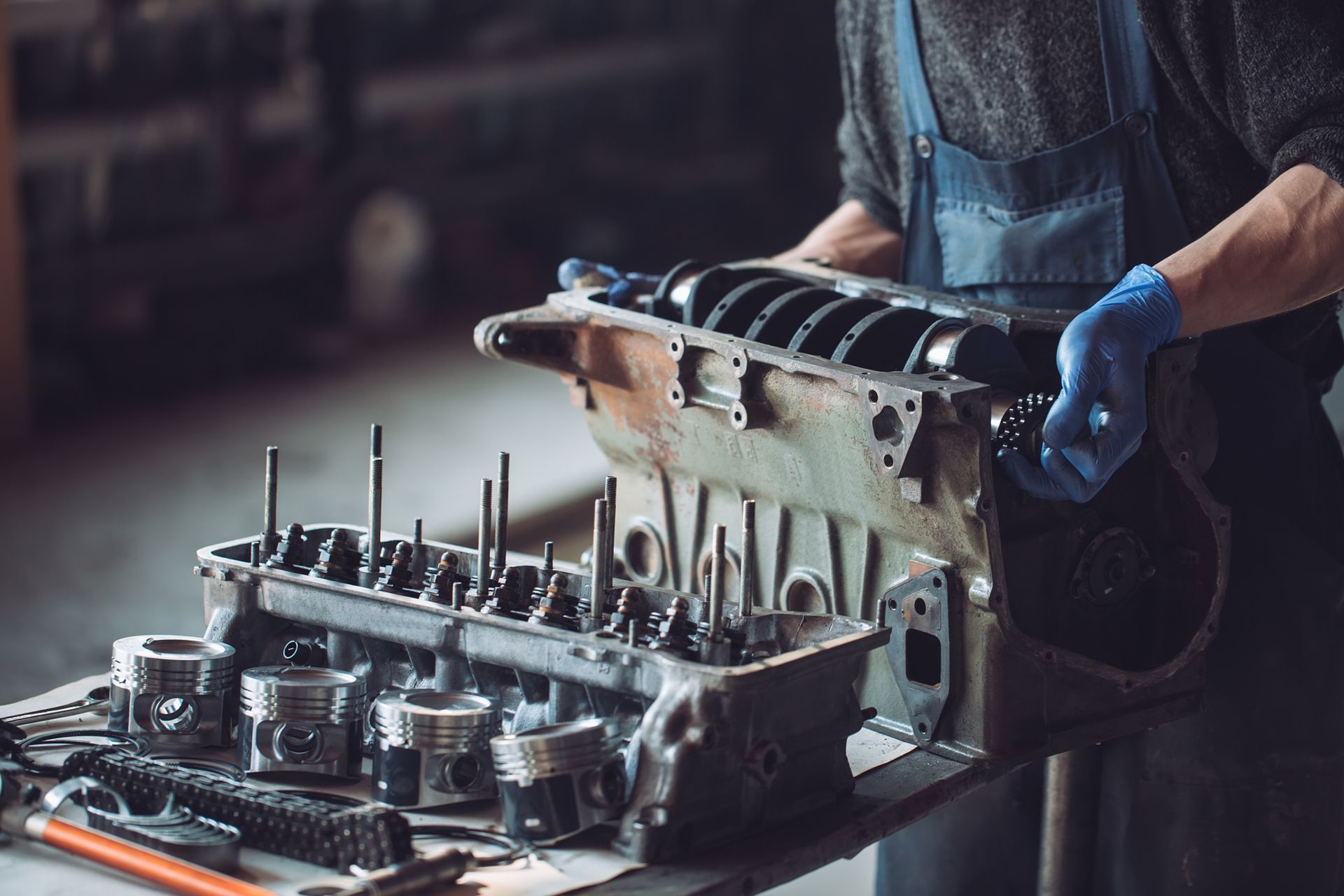The head gasket is a crucial component in an engine, serving as a seal between the engine block and the cylinder head. Its primary function is to ensure that the combustion process within the cylinders remains contained, and it also prevents the mixing of engine oil and coolant.
By maintaining these separations, the head gasket helps regulate engine temperature, pressure, and the overall efficiency of the vehicle. A failure in this part can lead to severe engine damage and costly repairs.
Signs of a Blown Head Gasket
Before diving into the common causes of a blown head gasket, it's essential to recognize the signs that indicate this issue:
- Overheating: One of the earliest and most common signs is engine overheating. A blown head gasket can cause a loss of coolant, leading to inadequate cooling of the engine.
- White Smoke from the Exhaust: This indicates that coolant is leaking into the combustion chamber and is being burned off.
- Milky Oil: When coolant mixes with engine oil, it creates a milky, frothy appearance. This contamination can cause significant engine damage if not addressed promptly.
- Loss of Power: A blown head gasket can cause a noticeable drop in engine performance and power.
- Coolant Leaks: Visible leaks or a rapid decrease in coolant levels can also be a sign of a head gasket problem.
Common Causes of a Blown Head Gasket
Several factors can contribute to the failure of a head gasket. Understanding these causes can help in preventing the issue and maintaining the health of your vehicle's engine.
Overheating
One of the primary causes of a blown head gasket is engine overheating. When the engine temperature exceeds its normal operating range, it can cause the metal components to expand beyond their tolerances, leading to a failure in the gasket material. Overheating can be caused by:
- Low Coolant Levels
- Faulty Thermostat
- Radiator Issues
- Detonation, also known as "knocking"
- Using Low-Quality Fuel
- Incorrect Ignition Timing
- Lean Air-Fuel Mixture
Poor Installation
Improper installation or the use of low-quality replacement gaskets can also lead to premature failure. Ensuring that the head gasket is installed correctly by a professional mechanic, using the correct torque specifications and sequence, is crucial.
Engine Design Flaws
Some engines are more prone to head gasket failures due to their design. For instance, engines with aluminum heads and cast-iron blocks can experience different expansion rates when heated, putting additional stress on the gasket.
Age and Wear
Over time, the materials in a head gasket can degrade, especially in high-mileage vehicles. Repeated heating and cooling cycles can cause the gasket to lose its ability to seal effectively.
Preventing Head Gasket Failures
Preventive maintenance is key to avoiding a blown head gasket. Regularly checking and maintaining the cooling system, using high-quality fuel, and ensuring proper engine tuning can significantly reduce the risk. Additionally, having your vehicle inspected by one of our techs can help identify potential issues before they become severe problems.
If you suspect your vehicle has a blown head gasket or you're experiencing any of the signs mentioned, it's crucial to address the issue promptly to avoid further damage. At Wagamon Brothers in Columbia Heights, MN, our experienced technicians can diagnose and repair head gasket problems.
Contact us today to schedule an inspection and keep your engine in top condition!




